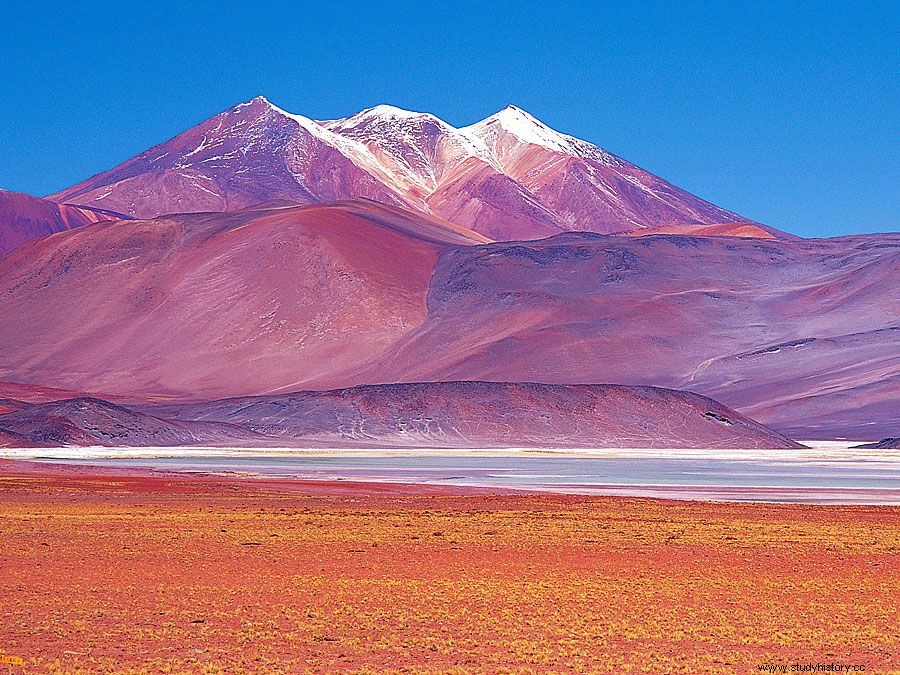Río de la Plata Viceroyalty , Spanish Virreinato del Río de la Plata , the finale of the four vicequess Spain emerged during his colonization of Central and South America. Including the area now includes Argentina , Uruguay , Paraguay and Bolivia , the new viceroyalty (established in 1776) a territory that previously under the management of the regulated Viceroyalty of Peru . The decision to create a fourth viceroyalty was the result of King The wish Charles III, The to decentralize rule of his Spanish-American empire and to recognize that the territory south of Brazil was in the face of Portuguese encroachment along the north coast of the Río de la Plata requires a stronger military defense . Spain also wanted the Smuggling trade between Portuguese Brazil and Brazil constrain Buenos Aires . Additionally, in the 1760s, the The British had made clear their intention to capture the Falkland Islands (Malvinas). Although Spain was pressuring the British for temporary possession of the islands, the need for greater military control of the South Atlantic region had become apparent.
 Britannica Quiz South America:Fact or Fiction? You may know that the Amazon rainforest is in this continent, but the driest place on earth is also in South America? See how rich - or dry - your knowledge of South America is with this quiz.
Britannica Quiz South America:Fact or Fiction? You may know that the Amazon rainforest is in this continent, but the driest place on earth is also in South America? See how rich - or dry - your knowledge of South America is with this quiz. 1776 became the first Viceroy by Río de la Plata - Pedro de Cevallos - came with a large number of men and ships in Montevideo Cevallos pushed back the Portuguese and organized a new government in Buenos Aires before being replaced by another viceroy a few months after taking office. The viceroys according to Cevallos - Juan José de Vértiz and Salcedo (1778–84), Nicolás Francisco Cristóbal del Campo, Marqués de Loreto (1784–89) and Nicolás de Arredondo (1789 –95) – administered the region well, as did four others who served briefly between 1795 and 1804. During these years, the Viceroyalty in general, and the city of Buenos Aires in particular, became a thriving outpost of the Spanish Empire. Silver from the Potosí Mines previously exported via Peru were shipped via Buenos Aires. A huge demand for salted meat grew - particularly in Cuba and Brazil and other areas where slaves were fed cheaply - and sparked an era of unprecedented prosperity for the pampas cattle industry. Hides and other livestock products also brought prosperity to Buenos Aires.
In 1804, Rafael, Marqués de Sobremonte, assumed the post of viceroy. Twice (1806, 1807) the British invaded during his tenure and twice he fled. The Creole population of Buenos Aires successfully fought the invaders on both occasions, gaining confidence in their ability to govern and defend themselves. In 1810 the Creoles established a provisional junta and exiled the viceroy to the Canary Islands , which ended the Viceroyalty of the Río de la Plata and started the independence movement.
